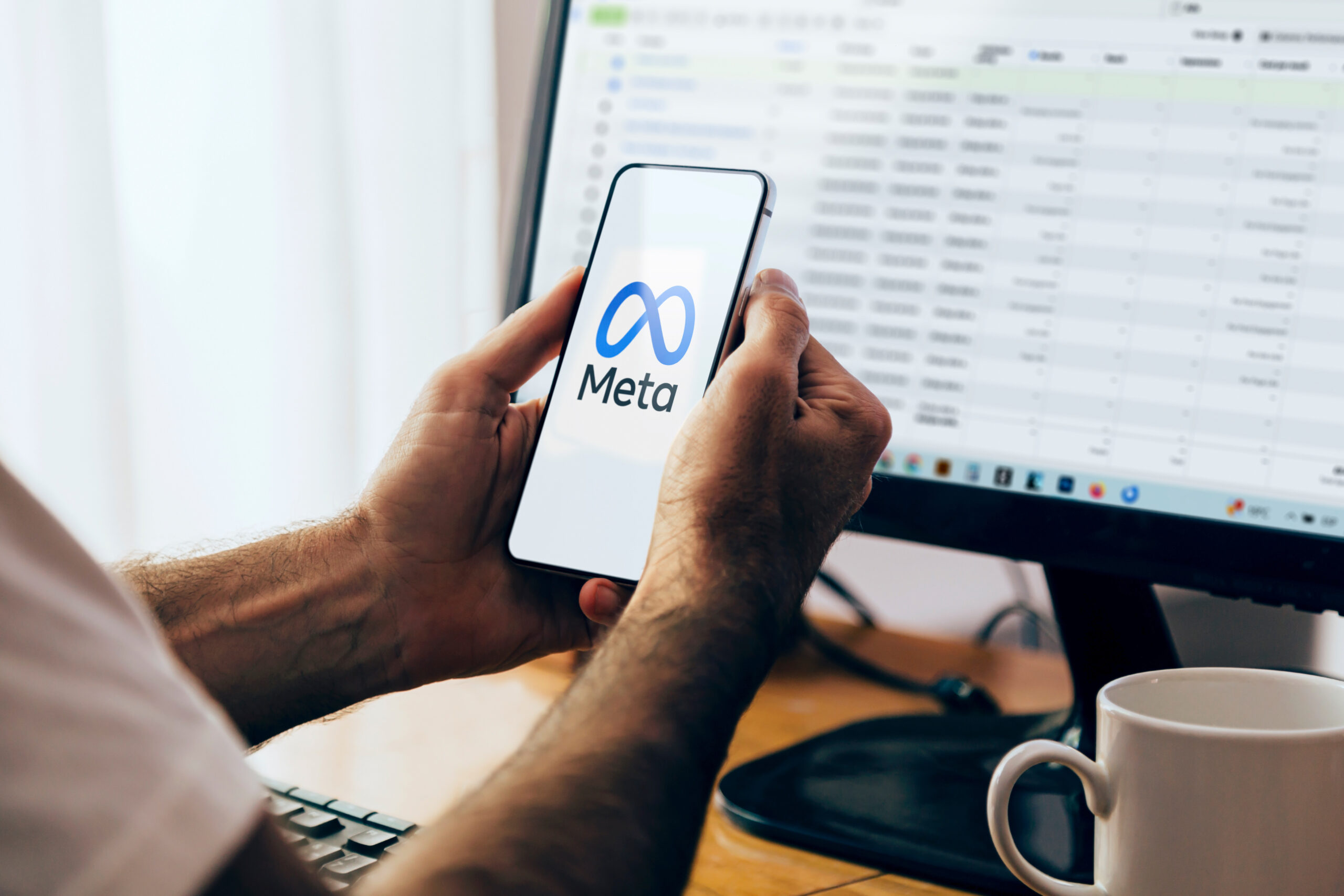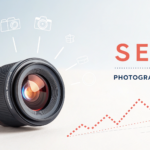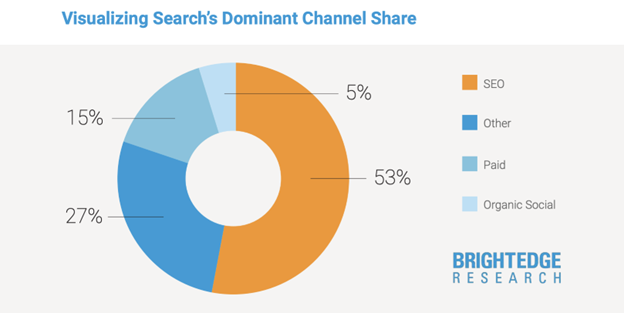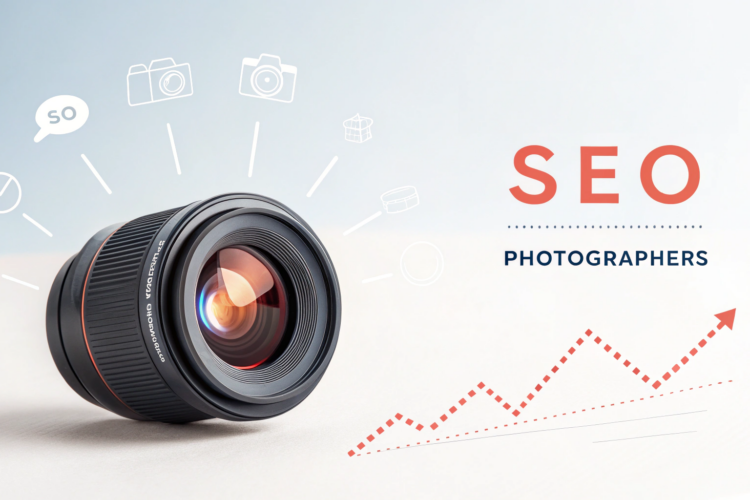
SEO agencies frequently encounter challenges with costly and inefficient lead generation methods. Traditional approaches like cold outreach and pay-per-click campaigns often yield low conversion rates while consuming significant time and budget.
Meta Lead Ads present an effective alternative by allowing businesses to capture leads directly within Facebook and Instagram platforms. These ads eliminate friction in the lead capture process, making them particularly valuable for SEO agencies seeking qualified clients.
This guide explores powerful strategies to maximize lead generation through Meta Lead Ads, complete with practical implementation tips and performance optimization techniques.
Key Takeaways
- Keep fields minimal, use conditional logic, and enable instant notifications for faster follow-ups.
- Focus on decision-makers (CEOs, marketers) and use interest/behavior-based targeting for higher-quality leads.
- Free SEO audits, case studies, or actionable guides boost conversions by showcasing expertise.
- Automate personalized responses, use multi-channel follow-ups, and retarget engaged prospects for maximum conversions.
Optimize Your Lead Form for Maximum Conversions
Creating an effective lead form requires careful consideration of user experience and data collection needs. The most successful forms balance information gathering with conversion optimization by limiting fields to only essential details like name, email, and phone number.
Implementing conditional logic can enhance form effectiveness by presenting follow-up questions based on initial responses, allowing for better lead qualification. Agencies should enable meta lead email notifications to receive instant alerts when prospects submit information, facilitating immediate follow-up.
Testing different form lengths and field arrangements helps identify the highest-converting configuration while maintaining data quality for sales teams.
Target Businesses Actively Searching for SEO Help
Precision targeting forms the foundation of successful Meta Lead Ads campaigns. Agencies should focus on reaching decision-makers by targeting specific job titles such as Marketing Managers, CEOs, and small business owners. Interest-based targeting proves valuable when focusing on terms like “SEO,” “digital marketing,” and “Google rankings.”
Creating lookalike audiences from existing client lists helps expand reach to similar high-potential prospects. Behavioral targeting options allow agencies to connect with users who recently engaged with business coaching content or marketing tools.
This multi-layered targeting approach ensures ads reach businesses most likely to require and invest in SEO services, improving lead quality and conversion rates.
Offer a High-Value Lead Magnet
Compelling lead magnets serve as powerful conversion tools by providing immediate value to potential clients. SEO agencies find particular success with actionable offers like free website audits, which demonstrate expertise while identifying specific improvement opportunities.
Comprehensive guides on keyword research or content strategy also perform well by addressing common pain points. Case study compilations showcasing measurable results help build credibility and trust. The most effective lead magnets solve immediate problems while positioning the agency as an authoritative resource, creating natural progression to paid services.
Agencies should ensure their offers provide genuine value rather than serving as thinly veiled sales pitches to maximize conversion rates.
Use Engaging Ad Creatives
High-performing ad creatives capture attention and communicate value within seconds. Video content proving particularly effective, with short explainer videos demonstrating an agency’s process or showcasing client results.
Carousel ads enable agencies to present multiple case studies or service benefits in a single unit. Testimonial-based creatives featuring authentic client feedback build social proof and credibility. Ad copy should focus on specific benefits rather than features, highlighting outcomes like increased traffic or higher conversion rates.
Strong calls-to-action combined with benefit-driven messaging encourage users to complete lead forms. Agencies should test various creative formats and messaging angles to identify what resonates most with their target audience.
Retarget Website Visitors with Lead Ads
Retargeting strategies help convert warm leads who previously engaged with an agency’s content. Visitors who viewed pricing pages but didn’t convert represent prime candidates for specialized lead ad campaigns.
Blog readers who consumed SEO-related content may respond well to offers for complementary resources or consultations. Retargeting audiences based on time spent on key service pages allows for tailored messaging that addresses specific interests.
Sequential retargeting campaigns can nurture leads through multiple touchpoints, gradually moving them through the sales funnel. This approach maximizes conversion opportunities from existing traffic while improving overall advertising efficiency.
Leverage Instant Experience
Facebook’s Instant Experience format provides an immersive mobile experience that significantly enhances engagement. Agencies can utilize this full-screen canvas to showcase their process through interactive demos or video walkthroughs.
Incorporating client success metrics in visually compelling formats helps demonstrate proven results. The seamless integration with lead forms reduces friction in the conversion process.
Agencies can create dedicated Instant Experiences for different service offerings or target audiences, allowing for highly tailored messaging. The format’s rich media capabilities enable more comprehensive storytelling than standard ad units, leading to higher quality leads and improved conversion rates.
Run A/B Tests to Improve Performance
Continuous testing represents the most reliable path to campaign optimization. Agencies should systematically test variables including ad copy angles, comparing benefit-focused messaging against problem-solving approaches.
Lead form structure experiments might evaluate short versus long forms or different field arrangements. Creative testing should assess performance differences between video, static image, and carousel formats.
Even subtle changes like call-to-action phrasing can significantly impact conversion rates. Implementing a structured testing schedule with proper control mechanisms ensures reliable data collection.
Analyzing test results allows agencies to incrementally improve campaign performance while developing deeper insights into their target audience’s preferences and behaviors.
Integrate with CRM & Automation Tools
Connecting Meta Lead Ads to existing business systems streamlines lead management and improves conversion rates. Integration with customer relationship management (CRM) platforms like HubSpot or Salesforce ensures seamless lead distribution to sales teams.
Marketing automation tools can trigger personalized email sequences based on lead form responses or behaviors. Zapier workflows enable custom integrations between Meta Leads and hundreds of business applications.
Automated lead scoring systems help prioritize follow-up efforts based on engagement levels and qualification criteria. These technical integrations reduce manual data entry, minimize lead response times, and ensure no potential client falls through the cracks due to process inefficiencies.
Follow Up Quickly with Personalized Emails
Rapid, personalized follow-up significantly increases conversion probabilities. Leads contacted within five minutes of form submission demonstrate much higher engagement rates than those receiving delayed responses.
Automated email systems should incorporate personalization tokens to address leads by name and reference specific interests or needs indicated in their form responses. Initial communications should focus on delivering promised resources rather than immediate sales pitches.
Follow-up sequences can gradually introduce service details and case studies while maintaining a helpful, consultative tone. Tracking email open rates and engagement metrics helps refine messaging and timing for optimal performance throughout the nurturing process.
Track & Optimize for ROI
Strategic data utilization transforms business growth by ensuring advertising spend generates measurable returns. Comprehensive performance tracking goes beyond basic metrics—monitor cost-per-lead, lead-to-client conversion rate, and overall campaign ROI to assess true profitability.
Agencies should establish target benchmarks based on service pricing and sales cycles. Regular data reviews identify underperforming elements, whether in targeting, creative, or offers. Advanced conversion tracking should extend beyond lead generation to measure actual client acquisition and lifetime value.
This data-driven approach enables continuous budget optimization, shifting resources toward the highest-performing campaigns and audience segments. By leveraging insights from Meta Lead Ads performance, agencies can refine pricing, packaging, and follow-up strategies—turning raw data into scalable growth.
Nurture Leads with Multi-Channel Follow-Up
After a lead form submission, engage prospects through personalized SMS or Facebook Messenger check-ins, like sending a free SEO audit link with a friendly offer for assistance.
Automate responses for FAQs but keep interactions human for better engagement. Retarget leads who don’t respond to emails with dynamic ads showcasing relevant case studies or service highlights based on their past interactions.
For B2B leads, combine Meta Ads with LinkedIn outreach and a 3-5 email drip campaign offering industry-specific value, such as “3 SEO Fixes for [Their Industry].” Invite high-intent leads to exclusive webinars or live Q&A sessions to position your agency as a trusted advisor, using sign-ups as a secondary conversion tool.
Track lead sources and behaviors to tailor follow-ups—for example, send organic traffic case studies to “Google Rankings” leads and technical SEO tips to “Website Audit” leads.
Frequently Asked Questions (FAQs)
1. How do I set up Meta Lead Ads?
Navigate to Facebook Ads Manager, create a new campaign, and select the “Leads” objective. Choose the “Instant Form” option and design your form with relevant fields and questions. Set up targeting parameters and launch your campaign after approving ad creatives.
2. What’s the best lead magnet for SEO agencies?
Free SEO audits consistently perform well as lead magnets because they provide immediate value while demonstrating an agency’s expertise. The audit process also naturally leads to conversations about service needs and potential solutions.
3. How can I reduce fake leads?
Implement Facebook’s lead quality filters and include qualifying questions in your forms. Adding basic screening questions about business type, website status, or marketing budget helps filter unserious inquiries.
4. How quickly should I follow up with leads?
Immediate follow-up within 5-10 minutes of form submission dramatically increases conversion chances. Automated systems can ensure prompt response while maintaining personalization.
5. Can I use Meta Lead Ads for B2B SEO clients?
Absolutely. Target relevant job titles like Marketing Director or Business Owner, and focus on interests related to B2B marketing and lead generation. Case studies featuring B2B results strengthen appeal to this audience.
Bottom Line
Meta Lead Ads offer SEO agencies a powerful, cost-efficient channel for generating qualified leads. By implementing strategic form optimization, precise targeting, and high-value offers, agencies can attract businesses actively seeking SEO solutions. When executed properly, Meta Lead Ads become a scalable lead generation engine that consistently delivers client-ready prospects.





